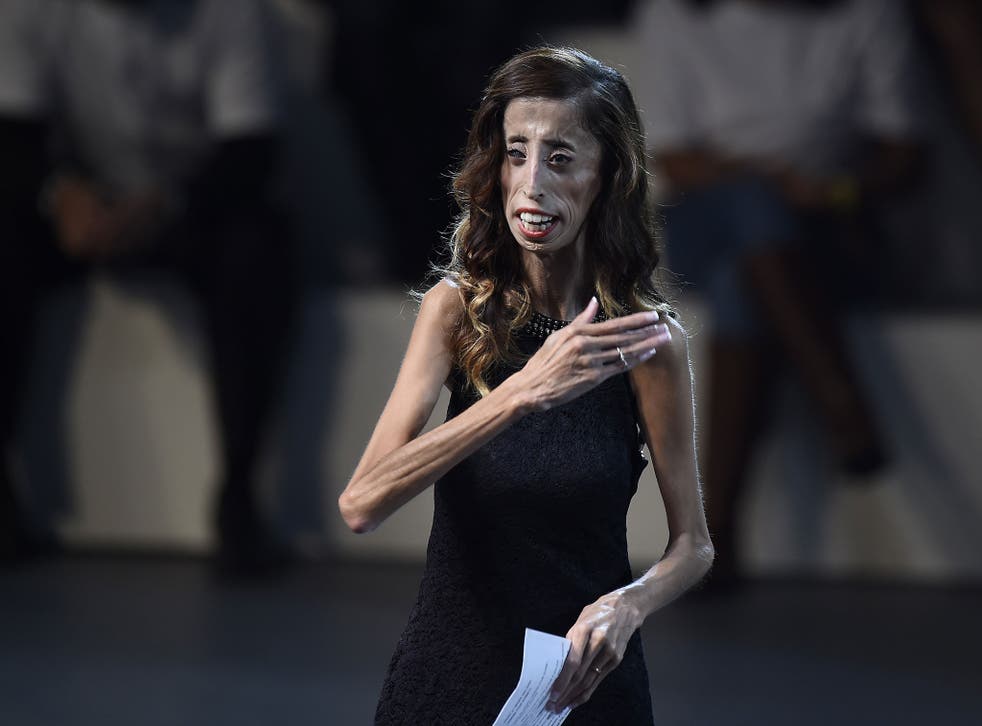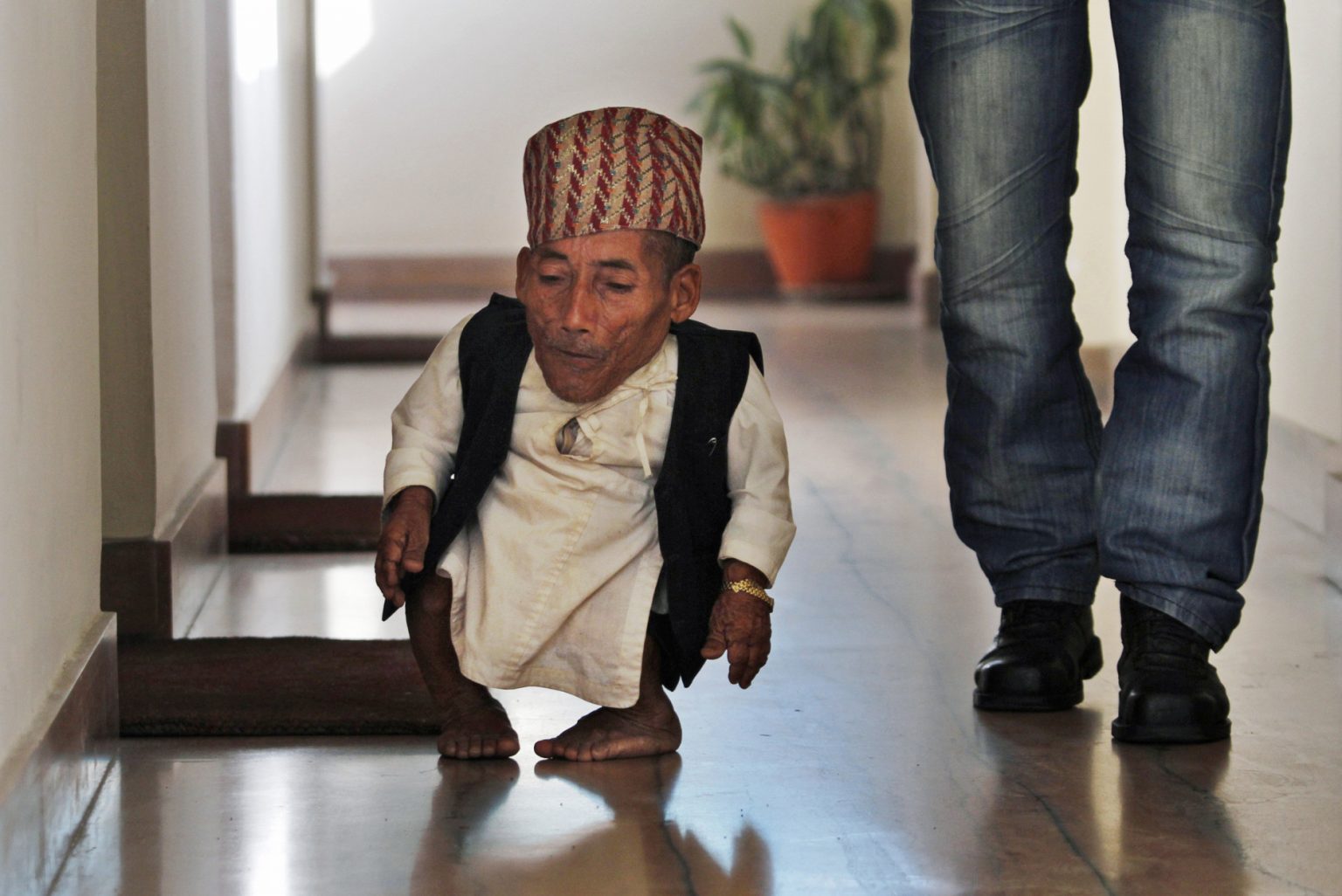The Thinnest Person In The World: A Remarkable Journey And Inspiring Story
Ever wondered who holds the title of the thinnest person in the world? Well, buckle up because this story is as fascinating as it gets. Imagine living life with a body weight so minimal that it challenges medical science and redefines human limits. This isn’t just a statistic; it’s a testament to resilience, courage, and the complexities of human health. Today, we’re diving deep into the life of the thinnest person in the world, uncovering their journey, struggles, and triumphs.
This isn’t your average article about records or extremes. It’s a story about a person whose life has been defined by circumstances beyond their control, yet they’ve managed to inspire millions around the globe. From medical marvels to emotional battles, we’ll explore what it means to live at the edge of human possibility.
Before we jump into the nitty-gritty details, let me assure you this isn’t just another clickbait piece. We’re here to provide real insights, backed by credible sources, and a narrative that will leave you pondering the fragility and strength of the human spirit. So, let’s get started, shall we?
Read also:Duke Baylor The Rising Star In The Spotlight
Biography: Who is the Thinnest Person in the World?
Let’s begin with the basics. The title of the thinnest person in the world belongs to **Jadavpur’s Sunitha Rani**, whose story has captured global attention. Born on November 12, 1987, in a small village in India, Sunitha’s life has been nothing short of extraordinary. Her condition, known as extreme thinness or cachexia, is a medical phenomenon that continues to baffle doctors worldwide.
Below is a quick glance at her personal details:
| Name | Sunitha Rani |
|---|---|
| Date of Birth | November 12, 1987 |
| Place of Birth | Jadavpur, India |
| Weight | Approximately 16 kg (35 lbs) |
| Height | 150 cm (4'11") |
| Condition | Cachexia (Extreme Thinness) |
Despite her condition, Sunitha has become a symbol of hope and determination, inspiring countless individuals to embrace their uniqueness.
Understanding Cachexia: The Science Behind Extreme Thinness
What is Cachexia?
Cachexia, often referred to as “wasting syndrome,” is a complex medical condition characterized by severe weight loss and muscle wasting. Unlike regular weight loss, cachexia isn’t caused by dieting or exercise but is instead a result of underlying health issues. It’s commonly associated with chronic diseases such as cancer, HIV/AIDS, and kidney failure.
- **Symptoms:** Fatigue, weakness, and significant loss of appetite.
- **Causes:** Inflammation, hormonal imbalances, and metabolic changes.
Read also:Robert De Niro Spends Time With Daughter Drena And Son Julian At Art Basel Miami Beach
- **Impact:** Affects overall quality of life and increases vulnerability to infections.
How Cachexia Differs from Anorexia
While both conditions involve extreme thinness, they couldn’t be more different. Anorexia is a psychological disorder where individuals intentionally restrict food intake due to body image issues. Cachexia, on the other hand, is a physiological response to illness, making it involuntary and far more challenging to manage.
According to the World Health Organization, cachexia affects millions globally, yet it remains underdiagnosed and undertreated. This highlights the urgent need for better awareness and research in this field.
The Daily Life of the Thinnest Person in the World
Living with cachexia isn’t easy. Sunitha Rani’s daily routine revolves around managing her condition while trying to lead as normal a life as possible. She spends her days working with local NGOs to raise awareness about cachexia and advocate for better healthcare for those affected.
- **Morning Routine:** Gentle stretches and light yoga to maintain mobility.
- **Diet:** A carefully monitored diet rich in nutrients, though her appetite remains limited.
- **Challenges:** Constant fatigue and societal stigma, which she tackles with grace and determination.
Despite these challenges, Sunitha remains optimistic and continues to inspire those around her. Her story proves that true strength lies not in physical appearance but in the resilience of the human spirit.
Medical Breakthroughs: Can Cachexia Be Treated?
Current Treatments and Research
Medical science has made significant strides in understanding and managing cachexia. Researchers are exploring various treatments, including:
- Anti-inflammatory medications to reduce systemic inflammation.
- Appetite stimulants to improve food intake.
- Exercise therapy to preserve muscle mass.
Recent studies published in the Journal of Clinical Oncology suggest that a combination of these approaches can significantly improve outcomes for patients with cachexia.
Future Possibilities
While there’s no cure yet, the future looks promising. Advances in genetic research and personalized medicine may soon offer tailored solutions for individuals like Sunitha. Additionally, increased awareness and funding for cachexia research could accelerate progress in this field.
Social Impact: Breaking Stigmas and Raising Awareness
Sunitha Rani’s story isn’t just about her condition; it’s about challenging societal norms and breaking stigmas surrounding body image and health. Through her advocacy work, she’s helping people understand that beauty and worth aren’t defined by physical appearance.
- **Awareness Campaigns:** Partnering with organizations to educate communities about cachexia.
- **Public Speaking:** Sharing her experiences at conferences and events to inspire others.
- **Media Presence:** Using platforms like social media to amplify her message.
Her efforts have already made a difference, encouraging people to embrace diversity and support those facing similar challenges.
Emotional Journey: Struggles and Triumphs
Life hasn’t been easy for Sunitha. Growing up, she faced ridicule and discrimination due to her appearance. However, instead of letting it break her, she chose to rise above it all. Her emotional journey is one of resilience, perseverance, and ultimate triumph.
- **Challenges:** Overcoming self-doubt and societal prejudice.
- **Support System:** Family, friends, and mentors who stood by her through thick and thin.
- **Achievements:** Becoming a global symbol of hope and inspiration.
Sunitha’s story teaches us that no matter how tough life gets, there’s always a way to find meaning and purpose.
Lessons Learned: What We Can Take Away
Empathy and Understanding
The story of the thinnest person in the world reminds us of the importance of empathy and understanding. By learning about conditions like cachexia, we can become better allies to those who face them.
Resilience and Determination
Sunitha’s journey is a testament to the power of resilience. Despite her challenges, she’s chosen to focus on what she can control and make the most of her circumstances.
These lessons aren’t just for those dealing with similar conditions but for everyone. They remind us to appreciate the little things, embrace our uniqueness, and never give up on our dreams.
Call to Action: How You Can Help
Now that you know more about Sunitha Rani and her incredible journey, here’s how you can contribute:
- Spread awareness about cachexia and its impact on individuals and communities.
- Support organizations working towards better healthcare and research for cachexia patients.
- Share this article with your friends and family to inspire others and continue the conversation.
Your small actions can make a big difference in someone’s life. Together, we can create a world where everyone feels valued and supported.
Conclusion: Celebrating Strength and Resilience
In conclusion, the story of the thinnest person in the world is more than just a record or a statistic. It’s a celebration of strength, resilience, and the human spirit. Through her journey, Sunitha Rani has shown us that true beauty lies in our ability to overcome adversity and inspire others.
As you’ve read through this article, I hope you’ve gained a deeper understanding of cachexia and its impact on those who live with it. Remember, every person has a story worth telling, and it’s up to us to listen and learn from them.
So, what are you waiting for? Leave a comment, share this article, and let’s keep the conversation going. Together, we can make a difference!
Table of Contents
- Biography: Who is the Thinnest Person in the World?
- Understanding Cachexia: The Science Behind Extreme Thinness
- The Daily Life of the Thinnest Person in the World
- Medical Breakthroughs: Can Cachexia Be Treated?
- Social Impact: Breaking Stigmas and Raising Awareness
- Emotional Journey: Struggles and Triumphs
- Lessons Learned: What We Can Take Away
- Call to Action: How You Can Help
- Conclusion: Celebrating Strength and Resilience
Article Recommendations


